HRV
-
When you have S. Vertical on one hand and, for example, Garmin Tactix 7 Pro on the other - the difference in HRV is huge, e.g. Suunto shows 35 and Garmin shows 110 !!! (changing the hand, right or left, does not change anything). When in this case (i’m 44 y.o.) medical charts - age related - suggest readings approximate 35-45.
-
@aslysz Wow, the difference is huge! But if you look at the medical charts for your age… your value seems to be correct? If Garmin really uses RMSSD, your value seems to be too high? It‘s just my opinion, but I‘m orthopedist and not cardiologist
 Did you compare the trend of both watches? The trend of HRV should be comparable, that‘s what I expect. I only have my SV, so I cannot compare…
Did you compare the trend of both watches? The trend of HRV should be comparable, that‘s what I expect. I only have my SV, so I cannot compare… -
@aslysz I tend to ignore the raw numbers and focus on the trends. Although yes Suunto gives me ~20ms and Apple/Garmin 40-60
-
My S9PP - which I believe has the same sensor and presumably the same data collection and analysis protocols as the Race for HRV - has previously given the same HRV values as my Garmin watch (an Enduro).
I checked again last night after seeing this thread: Garmin 92ms; Suunto 90ms. Minimum HR was also within 1bpm.
During rest, sleep etc, I’ve never seen any meaningful difference between Suunto watches, Garmin watches or any other sensor for HR-based measurements. Whereas during exercise, Suunto wrist HR is generally unusable for me, with few exceptions. But my Garmin watch is barely any better in this respect, I just use an external sensor.
Garmin mention in this article the difficulty with comparing HRV values between devices that may use different methods of data collection and analysis: https://www.garmin.com/en-GB/garmin-technology/health-science/hrv-status/
Like any measurements of this nature, the extent to which this results in differences in summary values when using different protocols depends on the underlying data set. Perhaps these differences are less likely to be apparent with higher HRV values like mine and/or when HRV remains relatively stable during the measurement period. -
It seems to me that my values given by Suunto are consistent with most cards with averages of healthy people. The Garmin values seem to be highly overestimated (when Suunto works, unfortunately the HRV measurement does not work at all), there are no such results in medical tests. I’m attaching some of the collected preview material

I guess you’re right, trends and deviations may indeed be the most important.
It’s the first time I read and see that these measurements are so consistent! I wonder why they are there for you and not for us (see above)?
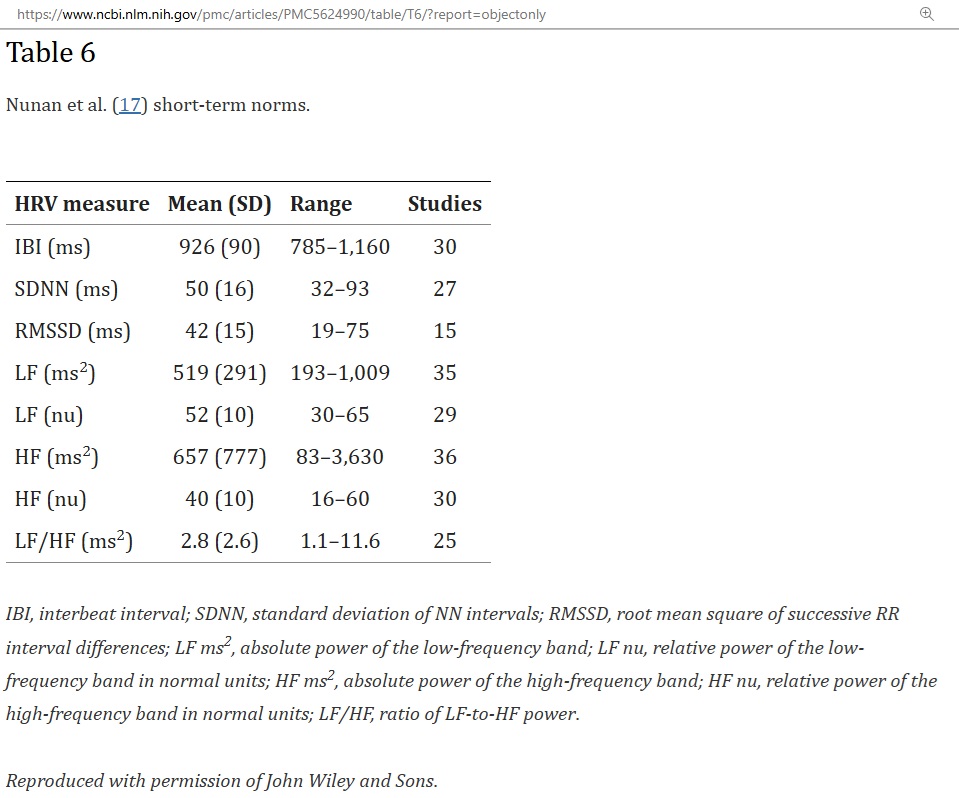
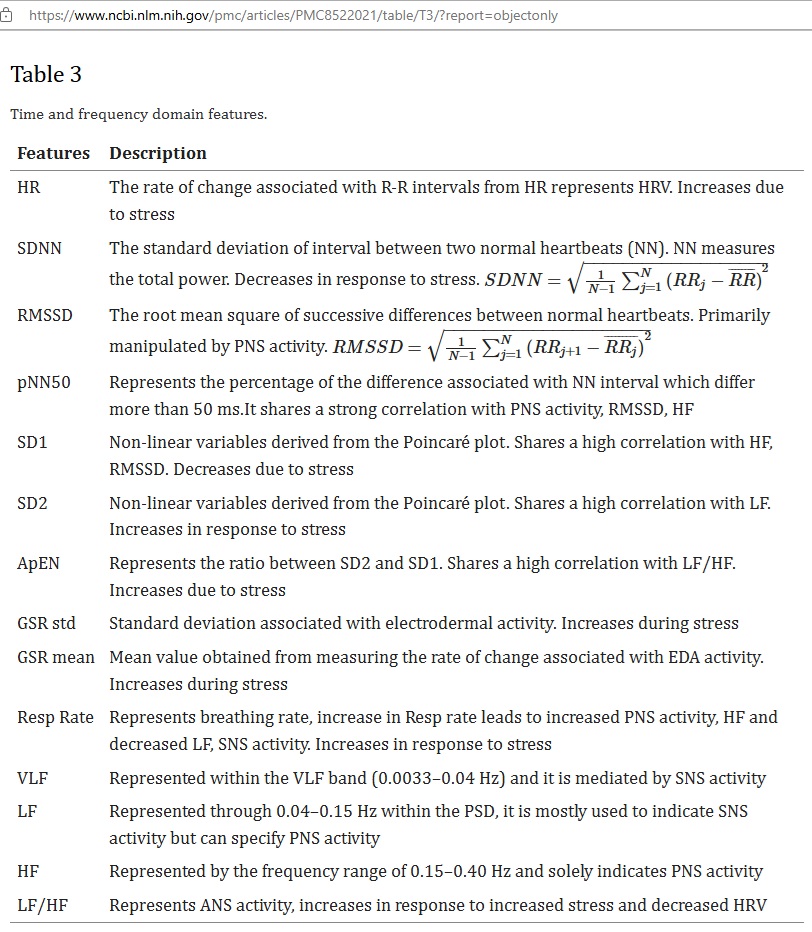
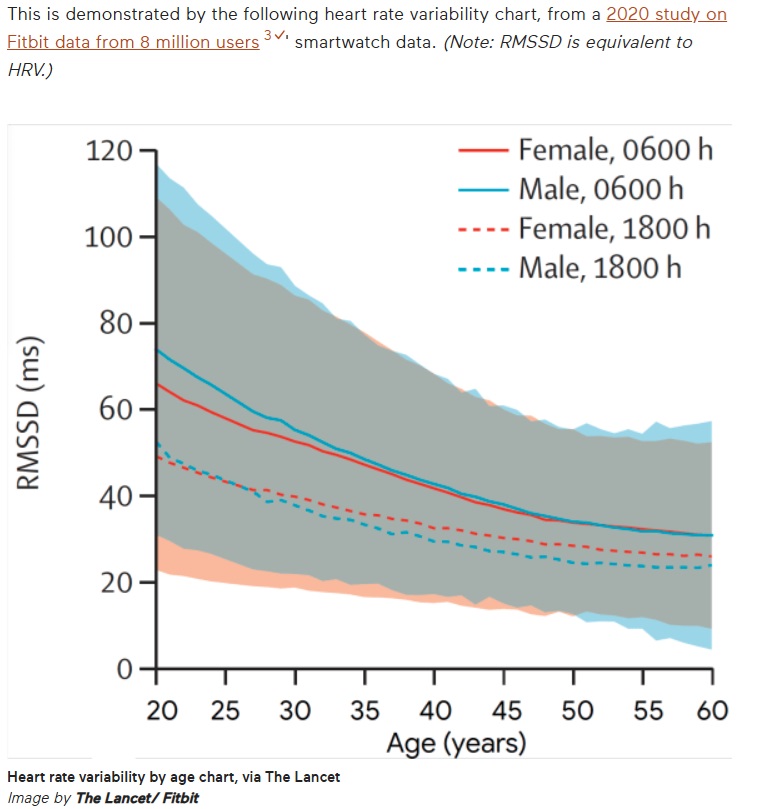
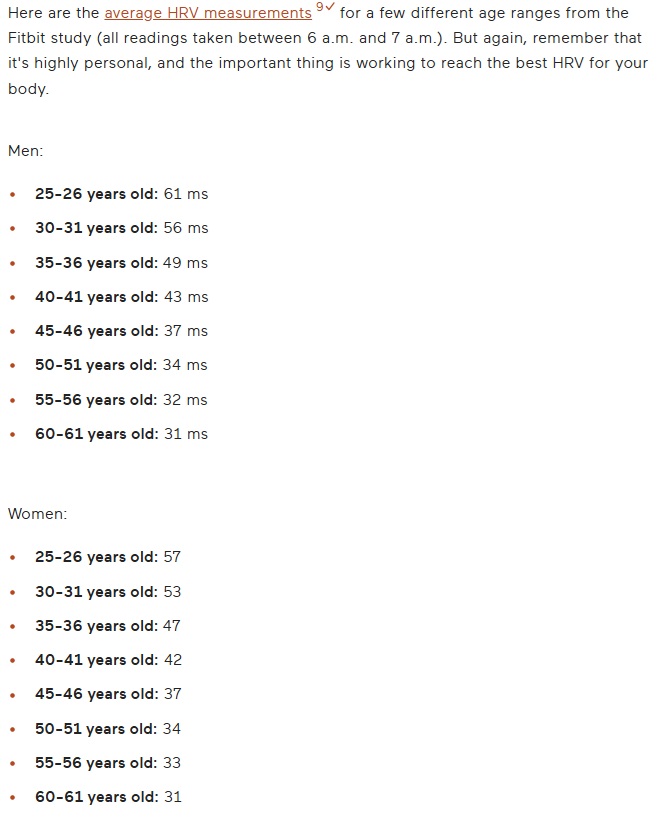
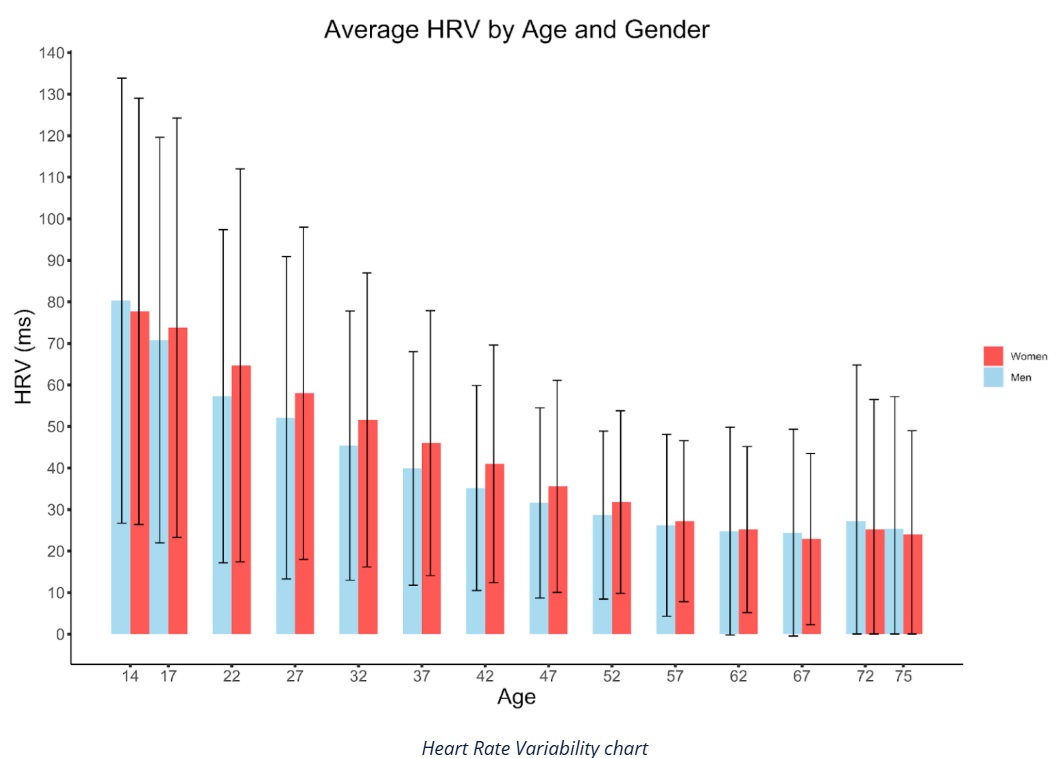
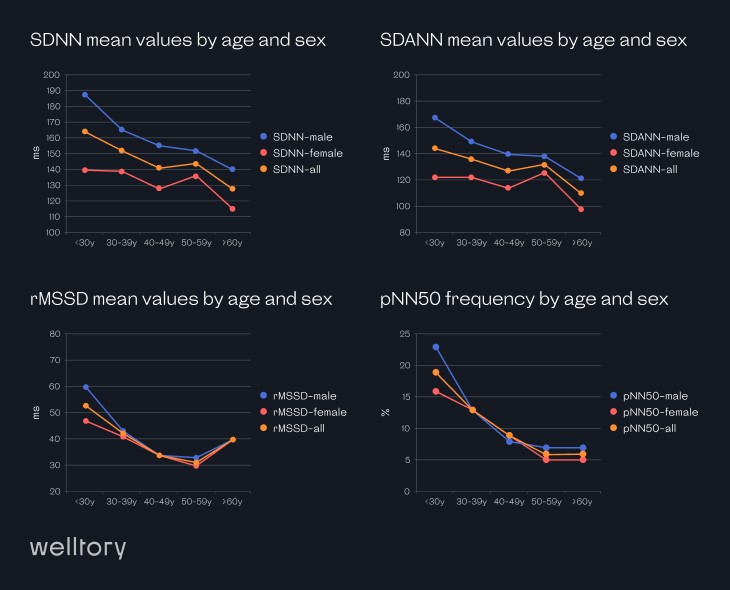
-
@aslysz if not medically approved device (none of the sports watches are) than we should not look for the reason I guess. It may be a lot of reasons. I.e: I see more light bleeding of the sensor on suunto than on the Ultra even though the Ultra is more loose, wearing it on left hand vs right hand also causes differences.
What I’ve always been able to correlate is the trend. If I am sick or too tired or beer it goes down. Much rested it goes up.
Now is my pre race week where I rest more and recover and the hrv is above my normal values -
@EzioAuditore that’s how I’ve been using it.
Paying attention to the trends, run down, travel/ stress etc.
For example march was a combination of work travel, being sick and an injury. Trends picked it up. Now that the weather is better I’m doing longer exercises, eating cleaner and (what I find most important) staying hydrated.
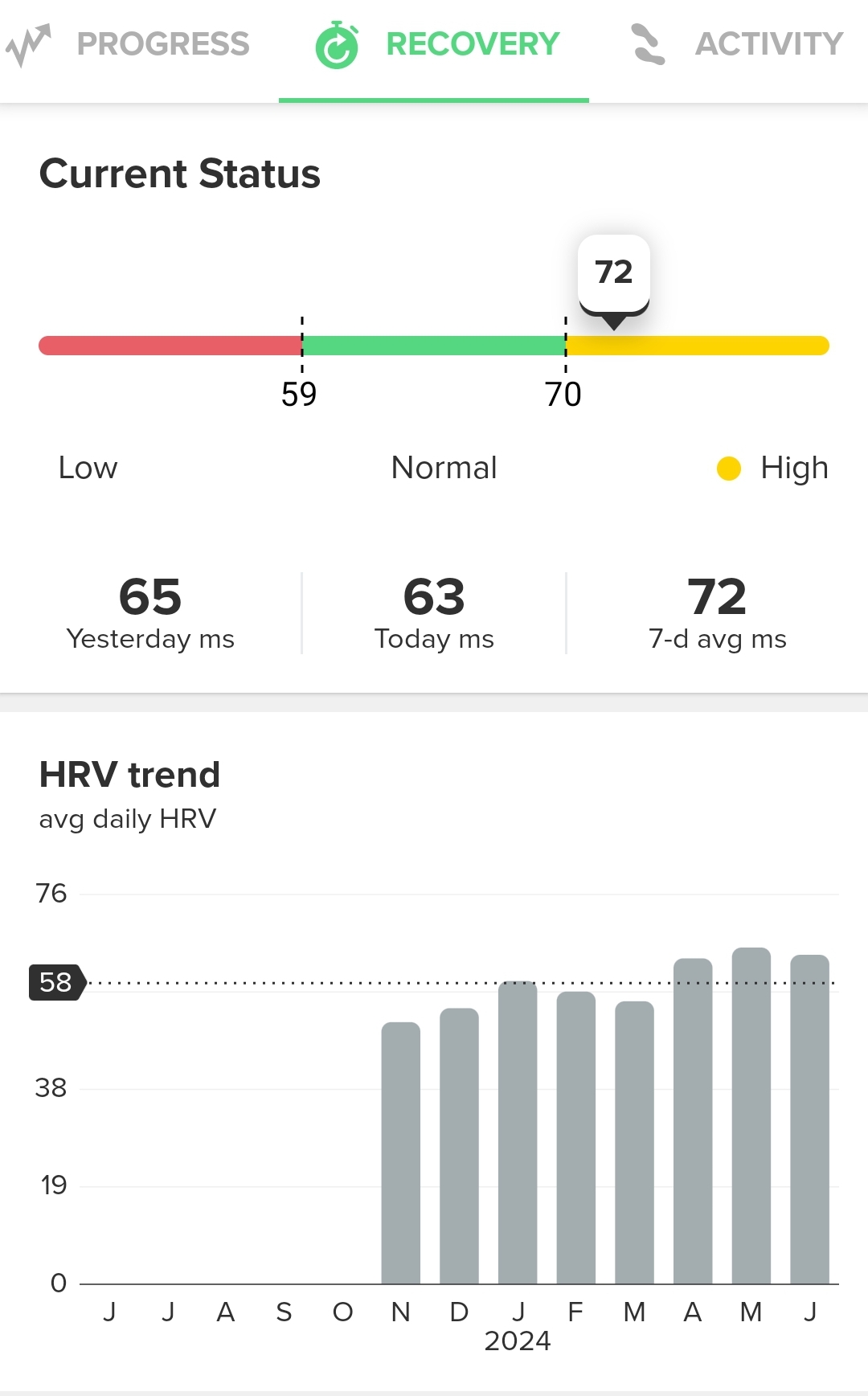
-
@aslysz
I don’t know why they match for me, I’d be speculating. It’s the opposite when exercising, all wrist sensors are bad for me but Suunto ones in particular.
Like the others, I just look at trends in HRV. For this, I find the scatter plot that Garmin uses better for seeing trends than the way Suunto presents it.
More generally than this, I find resting heart rate a better indication of recovery, impending illness etc than HRV and all watches I’ve had with wrist sensors measure that accurately. -
Ok!
Maybe you’re right, trends count.The question remains why Suuntos do not measure HRV so often (despite the correct settings - often does not measure for weeks to measure 3 days in a row) - it is difficult for me to say whether it is a software defect or hardware failure?
Maybe someone knows better?
-
@aslysz just so I understand, you don’t get an HRV value every time your sync after waking up? For me I’ll get a measurement and value every time as well as blood oxygen (24/7 HR and blood oxygen are turned on)
Example from last night

It could be hardware or the way you watch is sitting on your wrist while your sleep. If you are not wearing it above your wrist bone (2 cm above your wrist) and snug you may want to try that to see is it helps.
-
@mr-quality said in HRV:
@cjanevate said in HRV:
@szaboat74 Overnight HRV measurements for me are not optimal for many reasons, so I don’t trust these values at all (whatever the brand, of course).
A parallel comparison with Garmin and Polar shows that the measurement of Suunto is wrong. The sensors of Suunto seems to be outdated.
Mir zeigt meine Vertical auch ganz andere Werte an als mein Suunto Gurt per HRV App sowie eine medizinische Messung.
Meine Vertical zeigt ca die Hälfte des Wertes den meine Suunto Gurt und der Arzt misst.